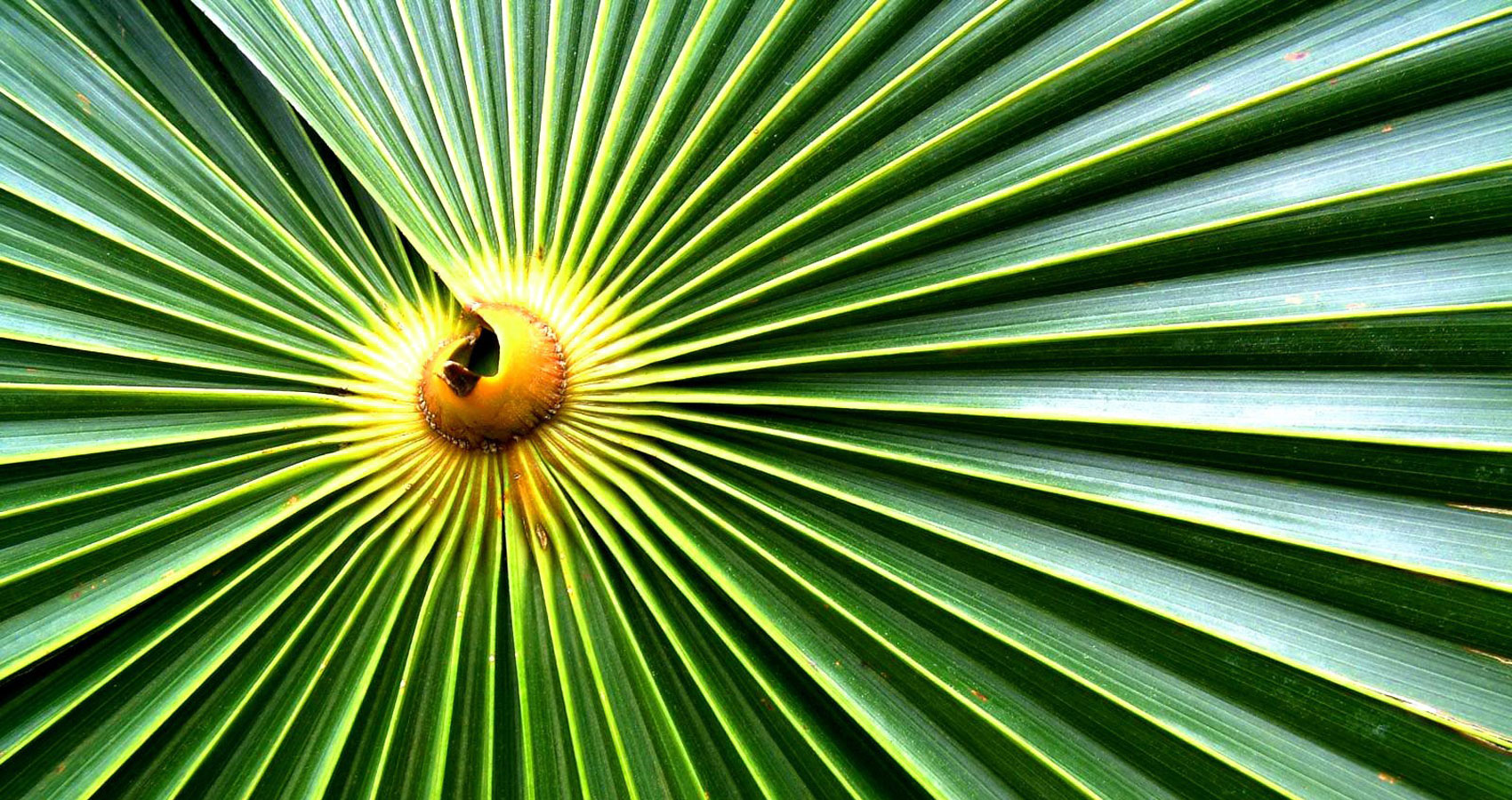Palm Sunday
Palm Sunday is a Christian movable feast that falls on the Sunday before Easter. The feast commemorates Jesus’ triumphal entry into Jerusalem, an event mentioned in all four canonical Gospels.
In many Christian churches, Palm Sunday includes a procession of the assembled worshipers carrying palms, representing the palm branches the crowd scattered in front of Jesus as he rode into Jerusalem. The difficulty of procuring palms in unfavorable climates led to their substitution with branches of native trees, including box, yew, willow, and olive. The Sunday was often designated by the names of these trees, as in Yew Sunday, or by the general term Branch Sunday.
The symbolism is captured in Zechariah 9:9 “The Coming of Zion’s King – See, your king comes to you, righteous and victorious, lowly and riding on a donkey, on a colt, the foal of a donkey”. It was perceived that Jesus was declaring he was the King of Israel to the anger of the Sanhedrin.
According to the Gospels, Jesus rode a donkey into Jerusalem, and the celebrating people there laid down their cloaks in front of him, and also laid down small branches of trees. The people sang part of Psalm 118: 25–26 – … Blessed is He who comes in the name of the Lord. We bless you from the house of the Lord ….
The symbolism of the donkey may refer to the Eastern tradition that it is an animal of peace, versus the horse, which is the animal of war. A king came riding upon a horse when he was bent on war and rode upon a donkey when he wanted to point out he was coming in peace. Jesus’ entry to Jerusalem would thus symbolize his entry as the Prince of Peace, not as a war-waging king.
In many lands in the ancient Near East, it was customary to cover in some way the path of someone thought worthy of the highest honor. The Hebrew Bible (2 Kings 9:13) reports that Jehu, son of Jehoshaphat, was treated this way. Both the Synoptic Gospels and the Gospel of John report that people gave Jesus this form of honor. However, in the synoptic they are only reported as laying their garments and cut rushes on the street, whereas John specifies fronds of palm (Greek phoenix). In Jewish tradition, the palm is one of the Four Species carried for Sukkoth, as prescribed for rejoicing at Leviticus 23:40.
The palm branch was a symbol of triumph and victory in the Greco-Roman culture of the Roman Empire, and became the most common attribute of the goddess Nike or Victory. For contemporary Roman observers, the procession would have evoked the Roman triumph, when the triumphator laid down his arms and wore the toga, the civilian garment of peace that might be ornamented with emblems of the palm. Although the Epistles of Paul refer to Jesus as “triumphing”, the entry into Jerusalem may not have been regularly pictured as a triumphal procession in this sense before the 13th century. In ancient Egyptian religion, the palm was carried in funeral processions and represented eternal life. The palm branch later became a symbol of Christian martyrs and their spiritual victory or triumph over death. In Revelation 7:9, the white-clad multitude stand before the throne and Lamb holding palm branches.
In the 16th and 17th centuries, Palm Sunday was marked by the burning of Jack-‘o’-Lent figures. This was a straw effigy which would be stoned and abused. Its burning on Palm Sunday was often supposed to be a kind of revenge on Judas Iscariot, who had betrayed Christ. It could also have represented the hated figure of Winter whose destruction prepares the way for Spring.
Eastern and Oriental Christianity
Palm Sunday, or the “Entry of the Lord into Jerusalem,” as it is often called in some Orthodox Churches, is one of the Twelve Great Feasts of the liturgical year. The day before Palm Sunday, Lazarus Saturday, believers often prepare palm fronds by knotting them into crosses in preparation for the procession on Sunday. The hangings and vestments in the church are changed to a festive color – gold in the Greek tradition and green in the Slavic tradition.
The Troparion of the Feast indicates the resurrection of Lazarus is a pre-figuration of Jesus’ own Resurrection:
O Christ our God
When Thou didst raise Lazarus from the dead before Thy Passion,
Thou didst confirm the resurrection of the universe.
Wherefore, we like children,
carry the banner of triumph and victory,
and we cry to Thee, O Conqueror of love,
Hosanna in the highest!
Blessed is He that cometh
in the Name of the Lord.
In the Russian Orthodox Church, Ukrainian Orthodox Church, Ukrainian Catholic Church, Ruthenian Catholic Church, Polish, Bavarian and Austrian Roman Catholics, and various other Eastern European peoples, the custom developed of using pussy willow instead of palm fronds because the latter are not readily available that far north. There is no canonical requirement as to what kind of branches must be used, so some Orthodox believers use olive branches. Whatever the kind, these branches are blessed and distributed together with candles either during the All-Night Vigil on the Eve of the Feast (Saturday night), or before the Divine Liturgy on Sunday morning. The Great Entrance of the Divine Liturgy commemorates the “Entry of the Lord into Jerusalem”, so the meaningfulness of this moment is punctuated on Palm Sunday as everyone stands, holding their branches and lit candles. The faithful take these branches and candles home with them after the service, and keep them in their icon corner as an evloghia (blessing).
In Russia, donkey walk processions took place in different cities, but most importantly in Novgorod and, since 1558 until 1693, in Moscow. It was prominently featured in testimonies by foreign witnesses and mentioned in contemporary Western maps of the city. The Patriarch of Moscow, representing Christ, rode on a “donkey” (actually a horse draped in white cloth); the Tsar of Russia humbly led the procession on foot. Originally, Moscow processions began inside the Kremlin and terminated at Trinity Church, now known as Saint Basil’s Cathedral, but in 1658 Patriarch Nikon reversed the order of procession. Peter I, as a part of his nationalization of the church, terminated the custom; it has been occasionally recreated in the 21st century.
In Oriental Orthodox churches, palm fronds are distributed at the front of the church at the sanctuary steps, in India the sanctuary itself having been strewn with marigolds, and the congregation proceeds through and outside the church.
The congregation in an Oriental Orthodox church in India collects palm fronds for the Palm Sunday procession (the men of the congregation on the left of the sanctuary in the photo; the women of the congregation are collecting their fronds on the right of the sanctuary, outside the photo.
Western Christianity in ancient times, palm branches symbolized goodness and victory. They were often depicted on coins and important buildings. Solomon had palm branches carved into the walls and doors of the temple (1 Kings 6:29). Again at the end of the Bible, people from every nation raise palm branches to honor Jesus (Revelation 7:9).
Palm Sunday commemorates the entrance of Jesus into Jerusalem (Matthew 21:1-9), when palm branches were placed in his path, before his arrest on Holy Thursday and his crucifixion on Good Friday. It thus marks the beginning of Holy Week, the final week of Lent.
In the Roman Catholic Church, as well as among many Anglican and Lutheran congregations, palm fronds (or in colder climates some kind of substitutes) are blessed with an aspergillum outside the church building (or in cold climates in the narthex when Easter falls early in the year). A solemn procession also takes place. It may include the normal liturgical procession of clergy and acolytes, the parish choir, or the entire congregation.
In the Catholic Church, this feast now coincides with that of Passion Sunday, which is the focus of the Mass which follows the service of the blessing of palms.
The palms are saved in many churches to be burned the following year as the source of ashes used in Ash Wednesday services. The Catholic Church considers the blessed palms to be sacramental’s. The vestments for the day are deep scarlet red, the color of blood, indicating the supreme redemptive sacrifice Christ was entering the city to fulfill: his Passion and Resurrection in Jerusalem.
In the Episcopal and many other Anglican churches and in Lutheran churches, as well, the day is nowadays officially called “The Sunday of the Passion: Palm Sunday”; in practice, though, it is usually termed “Palm Sunday” as in the 1928 American Book of Common Prayer and in earlier Lutheran liturgies and calendars, to avoid undue confusion with the penultimate Sunday of Lent in the traditional calendar, which was “Passion Sunday”.
In the Church of Pakistan (a member of the Anglican Communion) on Palm Sunday, the faithful carry palm branches into the church, as they sing Psalm 24.
In many Protestant churches, children are given palms, and then walk in procession around the inside of the church while the adults remain seated.
Customs
It is customary in many churches for the worshippers to receive fresh palm leaves on Palm Sunday. In parts of the world where this has historically been impractical, substitute traditions have arisen.
Belgium
In Hoegaarden one of the last remaining Palm Sunday processions take place every year. A fellowship of Twelve Apostles carries a wooden statue of Christ around the town, while children go door to door offering the palms (box) for coins.
Bulgaria
In Bulgaria, Palm Sunday is known as Tsvetnitsa (tsvete is flower) or Vrabnitsa (varba is willow). People with flower-related names, (for example Tsvetelina, Tsvetelin, Tsvetana, Tsvetan, Tsvetko, Margarita, Ralitsa, Lilia, Violeta, Yavor, Zdravko, Zjumbjul, Nevena, Temenuzhka, Rosa etc.) celebrate this day as their name day.
Finland
In Finland, it is popular for children to dress up as Easter witches and go door to door in neighborhoods for coins and candy. It is an old Karelian custom called Virpominen.
India
Flowers (in this instance marigolds) strewn about the sanctuary in an Oriental Orthodox church in Mumbai, India on Palm Sunday
In the South Indian state of Kerala, (and in Indian Orthodox, Church of South India(CSI), Syro-Malankara Catholic Church, and Syrian Orthodox Church (Jacobite) congregations elsewhere in India and throughout the West), flowers are strewn about into the sanctuary on Palm Sunday during the reading of the Gospel at the words uttered by the crowd welcoming Jesus, “Hosanna! Blessed is he who is come and is to come in the name of the Lord God.” These words are read to the congregation thrice. The congregation then repeats, “Hosanna!” and the flowers are scattered. This echoes pre-Christian Hindu celebrations in which flowers are strewn on festive occasions; however, this also echoes the honor shown to Jesus upon his entry into Jerusalem. Indian Orthodoxy traces its roots to the arrival in India of St. Thomas the Apostle in AD 52 (according to tradition) and his evangelism among both the Brahmans of the Malabar Coast and the ancient Jewish community there. Its rites and ceremonies are both Hindu and Jewish, as well as Levantine Christian, in origin. In Syro-Malabar Catholic Church’s palm leaves are blessed during Palm Sunday ceremony and a Procession will take place holding the palms.
Italy
In Italy palm leaves are used along with small olive branches, readily available in the Mediterranean climate. These are placed at the entrance of houses (for instance, hanging above the door) to last until the following year’s Palm Sunday. For this reason, usually palm leaves are not used whole, due to their size; instead, leave stripes are braided into smaller shapes. Small olive branches are also often used to decorate traditional Easter cakes, along with other symbols of birth, like eggs.
Latvia
In Latvia, Palm Sunday is called “Pussy Willow Sunday”, and pussy willows – symbolizing new life – are blessed and distributed to the faithful. Children are often woken that morning with ritualistic swats of a willow branch.
Lithuania
When Christianity came to Lithuania, plants which sprouted earliest were honored during spring feasts. the name “Palm Sunday”, is a misnomer, the “verba” or “dwarfed spuce” is used instead. According to tradition, on the Saturday before Palm Sunday the Lithuanians take special care in choosing and cutting well-formed branches, which the women-folk decorate with flowers. They flowers are meticulously tied onto the branch, making the “Verba”. Palm Sunday and Kaziuko mugė are celebrated together.
Malta
All the parishes of Malta and Gozo on Palm Sunday (in Maltese Ħadd il-Palm) bless the palm leaves and the olive leaves. Those parishes that have the statues of Good Friday bless the olive tree they put on the statues of “Jesus prays in the Olive Garden” (Ġesù fl-Ort) and the “Betrayal of Judas” (il-Bewsa ta’ Ġuda). Also, many people take a small branch of olive to their homes because it is a sacramental.
The Levant
In Israel, Jordan, Lebanon, Palestine and Syria, Palm Sunday – known as Shaa’nineh in Arabic- is perhaps the best-attended service in the Christian Calendar, among the Orthodox, Catholic (Latin Church and Eastern Catholic Churches), and Anglican Churches, perhaps because it is notably a family occasion. On this day, children attend church with branches from olive and palm trees. Also, there will be carefully woven crosses and other symbols made from palm fronds and roses. There will normally be a procession at the beginning of the service and at some point; the priest will take an olive branch and splash holy water on the faithful.
Netherlands
In the Saxon regions of the Netherlands, crosses are decorated with candy and bread, made in the form of a rooster. In the diocese of Groningen-Leeuwarden, a great procession with oil lamps is held the night before Palm Sunday in honor of the Sorrowful Mother of Warfhuizen.
Philippines
In the Philippines, communities re-enact Jesus’ triumphal entry with a procession. A statue of Christ astride a donkey (the humenta) or the officiating priest on horseback processes around or towards the local church along with congregants bearing ornately woven palaspas (palm branches). In some towns, elderly women spread heirloom tapis (“aprons” made for this sole purpose) or large cloths along the route. Children dressed as angels sometimes sing the Osana (“Hosanna”) whilst strewing flowers about.
Once blessed, the palaspas are taken home by the faithful and placed on altars, or hung beside, on, or above doorways and windows. Although the true purpose of this custom is to welcome Christ, many Filipinos hold the fronds to be apotropaic, able to banish evil spirits, avert lightning, and prevent fires. There is also a folk tradition of feeding pieces of the palm leaves to roosters for sabong (cockfighting), a practice that was strongly discouraged by the Archbishop of Manila, Luis Antonio Tagle.
Poland
A palm in Łyse, Poland.
Many Polish towns and villages (the best known are Lipnica Murowana in Małopolska and Łyse) organize artificial palm competitions. The biggest of those reach above 30 meters in length; for example, the highest palm in 2008 was 33.39 meters high.
Romania and Moldova
In Romania and Moldova, Palm Sunday is known as Duminica Floriilor or simply Florii, translating Flowers’ Sunday.
Spain
In Elche, Spain, the location of the biggest palm grove in Europe, there is a tradition of tying and covering palm leaves to whiten them away from sunlight and then drying and braiding them in elaborate shapes.
A Spanish rhyming proverb states: Domingo de Ramos, quien no estrena algo, se le caen las manos (“On Palm Sunday, the hands drop off of those who fail to wear something new”)
- Bonny Dundee - December 7, 2025
- Snowdrops - November 30, 2025
- A Pilgrim’s Way - November 23, 2025



